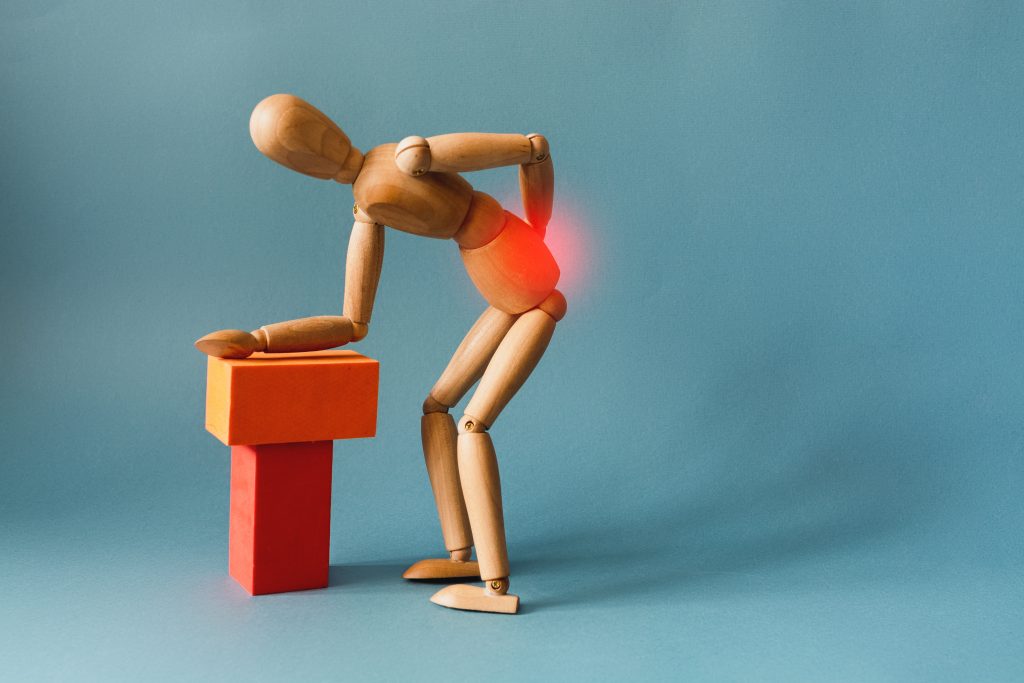Rhizotomy vs. Other Pain Treatments: A Comparison

This article explores rhizotomy as a treatment option for chronic pain and compares it with other pain treatments such as medications, physical therapy, acupuncture, and chiropractic care.
It discusses rhizotomy’s effectiveness, side effects, cost, and long-term results alongside its candidacy criteria, risks, complications, procedure, recovery process, and success rates. The article aims to provide insight into whether rhizotomy could be a viable solution for individuals suffering from chronic pain.
What Is Rhizotomy?
Rhizotomy is a medical procedure used to manage chronic pain and spasticity by employing nerve ablation techniques such as radiofrequency and surgical methods. It targets specific nerves that transmit pain signals to the brain, relieving persistent pain conditions often unresponsive to traditional treatments.
Rhizotomy aims to disable sensory nerves contributing to pain sensation, achieved through techniques like radiofrequency ablation or surgical removal. During radiofrequency ablation, a specialized needle emits high-frequency electrical currents to generate heat, destroying nerve tissue and transmitting pain signals.
Chemical ablation involves injecting a neurolytic substance directly into the nerve to induce localized damage and inhibit pain signal transmission.
What Are Other Pain Treatments?
Rhizotomy is one pain treatment option alongside medications, physical therapy, acupuncture, and chiropractic care. Medications address pain at its source, while physical therapy restores mobility and functionality. Acupuncture stimulates natural pain relief, and chiropractic care focuses on spinal alignment to reduce pain and improve function.
Medications: Medications are integral in treating chronic pain, with tailored pharmacological interventions addressing specific conditions. Treatment often involves a multifaceted approach utilizing various drugs such as NSAIDs, opioids, muscle relaxants, anticonvulsants, and antidepressants, depending on pain type and severity.
Effective medication management practices, including adhering to prescribed dosages, monitoring for side effects, and communicating openly with healthcare providers, are crucial for safe and effective pain management.
Physical Therapy: Physical therapy provides a holistic approach to chronic pain treatment, employing minimally invasive procedures to enhance mobility, strength, and flexibility. Through personalized exercise programs, manual techniques, and education, physical therapists target the root causes of pain, leading to long-lasting relief.
Physical therapy reduces discomfort and improves daily functionality by strengthening and rehabilitating specific body areas. Tailored treatment plans aim to enhance patients’ quality of life by promoting self-management strategies and reducing reliance on medications or invasive procedures.
Acupuncture: Acupuncture, an alternative medicine practice, involves stimulating specific points on the body with thin needles to potentially provide pain relief by blocking nerve signals. Believed to enhance the flow of Qi, the body’s vital energy, acupuncture restores balance and boosts natural healing. It complements conventional treatments and offers a holistic approach to managing conditions like chronic pain, migraines, and musculoskeletal issues.
Acupuncture may trigger the release of endorphins, the body’s natural painkillers, and improve blood circulation, potentially reducing inflammation and enhancing therapeutic effects.
Chiropractic Care: Chiropractic care focuses on spinal health and alignment, often combining massage therapy and treatments like spinal cord stimulation to manage chronic pain. Proper spinal alignment ensures optimal nervous system function, vital for overall health.
Chiropractors use adjustments to alleviate nerve pressure, enhancing communication between the brain and body. Integrating massage therapy promotes relaxation, reduces muscle tension, and improves circulation—therapies like spinal cord stimulation target specific pain pathways, offering relief for conditions like sciatica or neuropathy.
How Does Rhizotomy Compare to Other Pain Treatments?
Comparing rhizotomy to other pain treatments involves evaluating effectiveness, side effects, costs, and long-term outcomes. Rhizotomy targets specific nerves for localized relief, contrasting with systemic medication. While nerve blocks offer temporary relief, surgery may provide lasting results but entails higher risks and longer recovery.
Despite potential repeat procedures, rhizotomy can be cost-effective compared to ongoing medications. Long-term outcomes vary among patients.
Effectiveness: Rhizotomy’s effectiveness in pain management depends on factors like the patient’s condition, the procedure’s clinical efficacy, and the thoroughness of the preparation process. Rhizotomy, also called neurotomy, is effective in easing chronic pain from spinal issues like facet joint arthritis or nerve compression.
Patients often report substantial pain relief, improved function, and enhanced quality of life post-procedure. For optimal outcomes, healthcare providers must assess patients’ suitability based on pain patterns, medical history, and diagnostic imaging.
Side Effects: Rhizotomy, while effective, poses risks and complications, especially related to general anesthesia and procedural factors. Patients should be aware of potential side effects such as infection, swelling, discomfort, or nerve damage post-procedure.
General anesthesia plays a vital role in patient comfort and safety, with close monitoring of critical signs essential to detect adverse reactions promptly. Despite these risks, the benefits of rhizotomy usually outweigh potential complications when performed by experienced healthcare professionals.
Cost: The cost of rhizotomy for chronic pain treatment is influenced by factors like its effectiveness compared to other interventions, anesthesia requirements, and long-term cost-effectiveness. While the initial procedure cost may be higher due to specialized equipment and expertise, studies suggest that savings from reduced medication expenses and healthcare utilization make it a cost-effective choice.
Anesthesia costs are significant, but rhizotomy’s potential to reduce the need for ongoing interventions like long-term medication or repeated injections can result in a favorable economic impact.
Long-term Results: Assessing the long-term outcomes of rhizotomy involves considering factors like success rates, recovery process, and impact on managing conditions like spasticity over time. Patients often experience gradual symptom improvement post-procedure, with varying success rates depending on the case.
Studies indicate promising results in reducing spasticity and enhancing quality of life. Recovery entails rehabilitation and physical therapy to optimize benefits. While long-term management of conditions like spasticity can be challenging, rhizotomy offers a potential lasting relief solution.
Frequently Asked Questions
1. Who is a good candidate for Rhizotomy?
Healthcare providers assess various factors to determine if a patient is suitable for rhizotomy. These include the severity and duration of chronic pain, its specific location, prior treatments, and the patient’s overall health. Given the complexity of chronic pain management, careful evaluation is crucial before recommending rhizotomy.
2. What are the risks and complications of Rhizotomy?
Rhizotomy, like any medical procedure, carries risks related to anesthesia, procedural factors, and individual responses. Anesthesia risks include respiratory issues and allergic reactions.
Procedural complications like bleeding, infection, or nerve damage are rare with experienced professionals. A thorough assessment of patient health history and conditions is crucial to ensure safety and effectiveness.
3. How is a Rhizotomy performed?
Rhizotomy is a tailored procedure involving specific steps, such as lumbar rhizotomy, anesthesia administration, and thorough preparation for safe and effective execution. Lumbar rhizotomy employs precise needle guidance using imaging technology.
Proper anesthesia minimizes patient discomfort, with options tailored to individual needs. Thorough preparation includes patient assessment, informed consent, and team coordination to optimize outcomes and reduce risks.
4. What is the recovery process for Rhizotomy?
Recovery after a rhizotomy involves post-operative care, medication management, and rehabilitation to optimize outcomes. Patients are closely monitored post-procedure for a smooth transition and receive pain management to ensure comfort and early mobilization. Physical therapy aids in regaining strength and mobility through targeted exercises.
Occupational therapy focuses on relearning tasks and fine motor skills. These programs aim to maximize functional abilities and quality of life post-rhizotomy.
5. What are the success rates of Rhizotomy?
Assessing rhizotomy success involves considering clinical effectiveness, preparation quality, and individual response variability. Clinical effectiveness is measured by pain relief and improved quality of life. Thorough preparation ensures accurate targeting of nerve fibers.
Individual responses vary based on factors like pain tolerance and health conditions. Evaluating these aspects helps gauge rhizotomy’s effectiveness in managing chronic pain.
Warning: urlencode() expects parameter 1 to be string, array given in /www/wwwroot/surgeryconsultantsofflorida.com/wp-includes/formatting.php on line 5667

